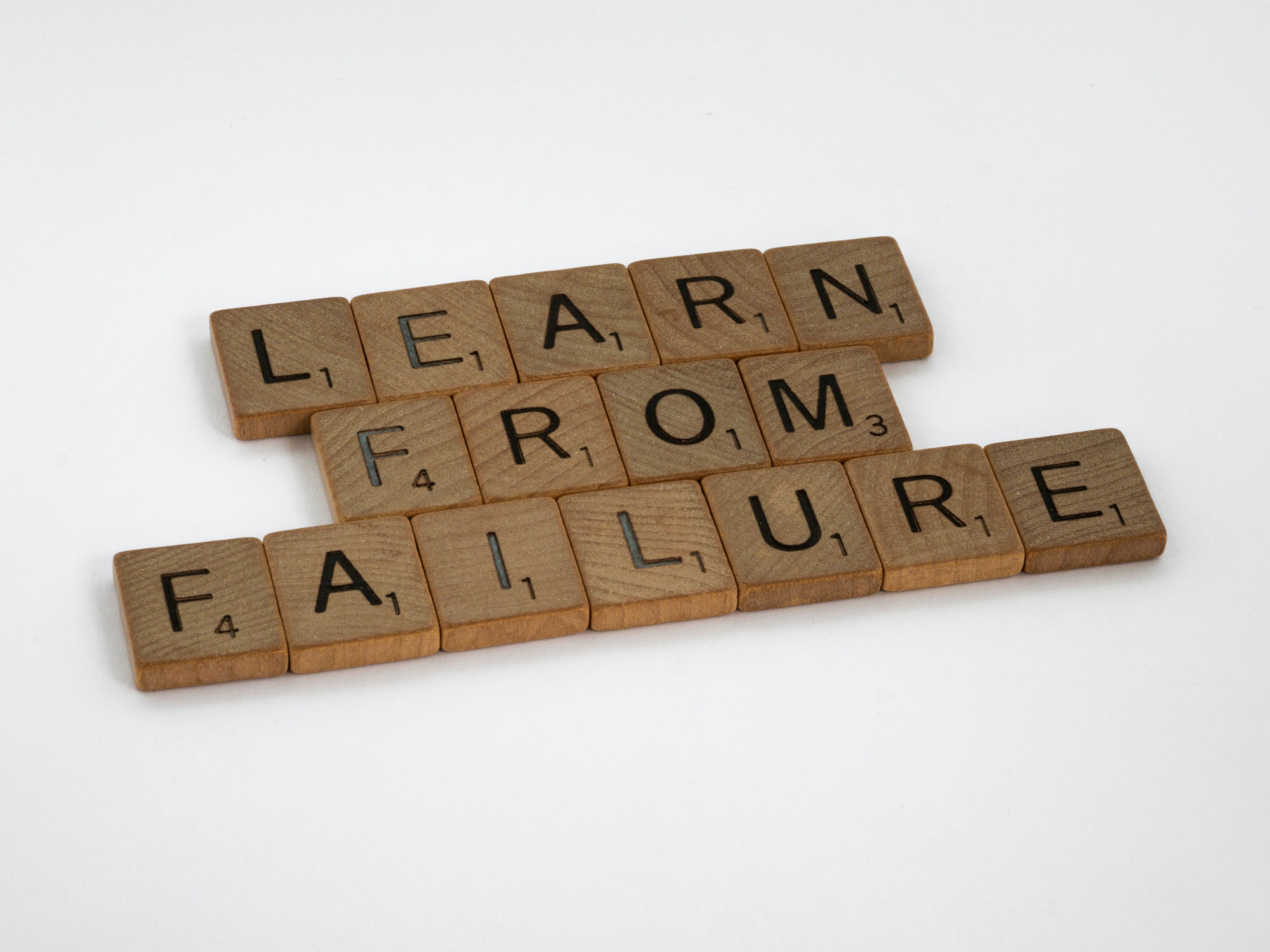
In the rapidly evolving domain of technology, where innovation and progress are constant companions, the ability to learn from mistakes is paramount. The tech industry is no stranger to trial and error, and the ever-evolving landscape demands adaptability and resilience.
The Iterative Nature of Tech
Technology, by its very nature, is iterative. Advancements often stem from continuous experimentation, refinement, and adaptation. However, this iterative process also opens the door to mistakes. Whether it’s a bug in a piece of software, a flawed algorithm, or an oversight in hardware design, errors are inevitable. The key lies in transforming these setbacks into learning opportunities.
Learning from High-Profile Tech Failures
To underscore the significance of learning from mistakes in the tech industry, the following are examples of high-profile failures where
SpaceX’s Falcon 1 Launch Failure
SpaceX faced a setback with the Falcon 1 rocket launch failure. Still, the lessons learned paved the way for subsequent successful launches, leading to the development of the highly successful Falcon 9 and Falcon Heavy rockets.
Apple’s Maps App Failure
In 2012, Apple released its own mapping application as part of iOS 6, replacing Google Maps. The Apple Maps app, however, was plagued with inaccuracies, missing information, and usability issues. Users reported problems with directions, mislabeled locations, and a general lack of reliability, leading to a public relations nightmare for Apple. Apple quickly acknowledged the shortcomings of its Maps app and issued a public apology. The company admitted that it needed to deliver the quality that users expected.
Learning from Mistakes in Software Development
Software development is a breeding ground for mistakes, but it’s also an arena where learning from them is integral to progress. What strategies can we use?
- Agile Methodologies: Agile methodologies, characterized by iterative development cycles and frequent feedback loops, encourage adaptability to changing requirements. This approach fosters a culture of continuous improvement by prioritizing collaboration and delivering incremental value to end-users.
- Post-Mortems and Root Cause Analysis: After incidents or project phases, teams conduct post-mortems, meticulously analyzing events through root cause analysis. This practice helps identify the underlying factors contributing to issues, enabling teams to implement preventive measures and enhance overall system reliability.
- DevOps Practices: DevOps principles emphasize integrating development and operations, advocating for automation, continuous monitoring, and feedback loops. By breaking down silos and promoting a holistic approach to software delivery, DevOps practices enhance efficiency, reduce errors, and facilitate faster and more reliable releases.
Cultivating a Culture of Learning
Learning from mistakes isn’t solely a technical process - it’s also deeply rooted in organizational culture. How can we foster such a culture?
- Embracing Failure as a Stepping Stone: Embracing failure entails viewing setbacks not as roadblocks but as stepping stones to improvement. When failure is destigmatized, it becomes a natural part of the innovation process. Teams learn to extract valuable insights from their mistakes, fostering a resilient and forward-thinking mindset that propels them toward success.
- Knowledge Sharing: In a culture that values knowledge sharing, team members openly communicate their experiences, both successes and failures. This exchange of information creates a collective learning environment where insights gained from one project are disseminated across the organization. Knowledge sharing minimizes the risk of repeating mistakes, accelerates the learning curve, and promotes a sense of unity within the team.
- Transparency and Accountability: Transparency involves openly communicating goals, progress, and challenges. This transparency, paired with accountability, ensures that individuals take ownership of their actions and learn from the consequences, whether positive or negative. A culture that emphasizes transparency and accountability creates an atmosphere of trust and responsibility, where mistakes are acknowledged, addressed, and transformed into opportunities for growth.
- Continuous Improvement Initiatives: Cultivating a culture of learning involves actively engaging in continuous improvement initiatives. Teams regularly assess their processes, seeking areas for enhancement. Whether through retrospectives, feedback loops, or innovation labs, organizations committed to continuous improvement foster an environment where learning becomes a dynamic, ongoing process rather than a sporadic event. This commitment to refinement contributes to the overall resilience and adaptability of the organization.
By incorporating these principles into the organizational fabric, organizations can not only learn from their mistakes but also establish a culture that thrives on innovation, collaboration, and continuous learning. This approach enables organizations to navigate the dynamic tech landscape with agility and resilience, breaking free from the cycle of repetition and driving sustainable success.
Conclusion
In the ever-evolving tech landscape, where change is constant and challenges are inevitable, learning from mistakes is not just a valuable skill - it’s a necessity. By embracing failures as opportunities for growth, adopting best practices in software development, and cultivating a culture of continuous learning, organizations can break the cycle of repetition and pave the way for groundbreaking innovations. After all, it’s not the absence of mistakes that defines success, but the ability to rise above them and emerge stronger.